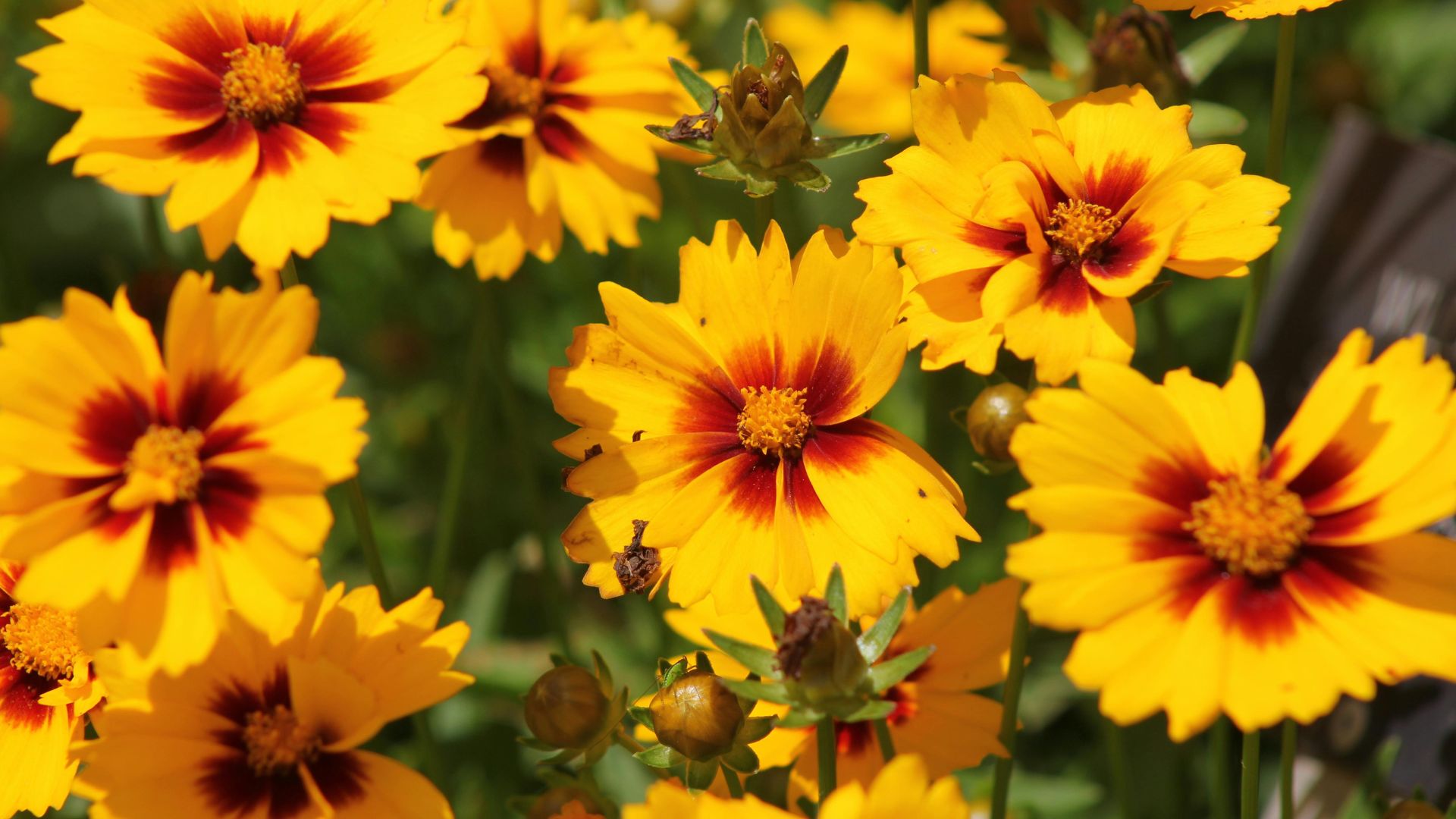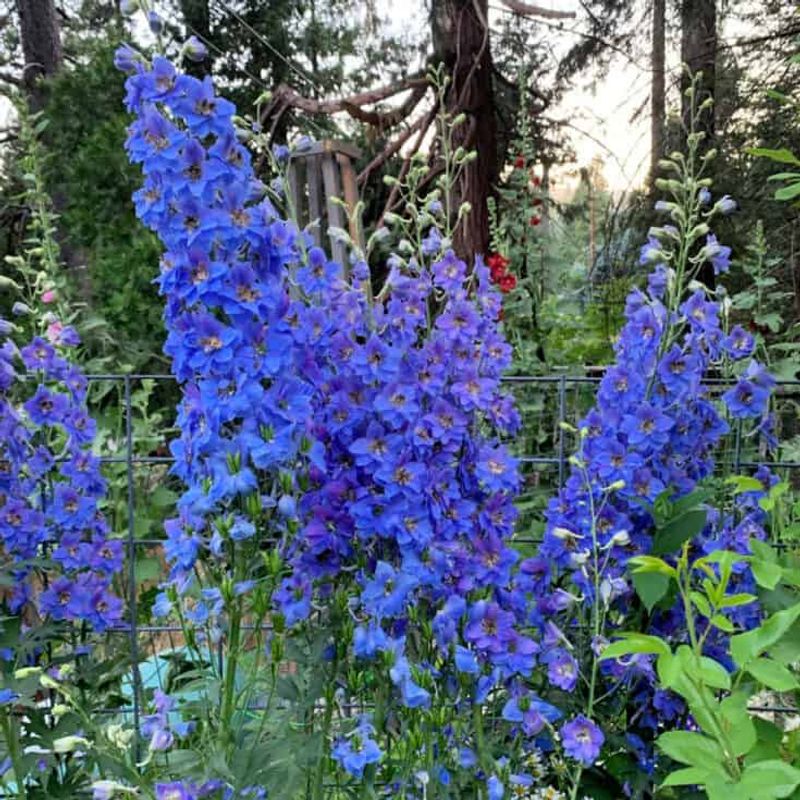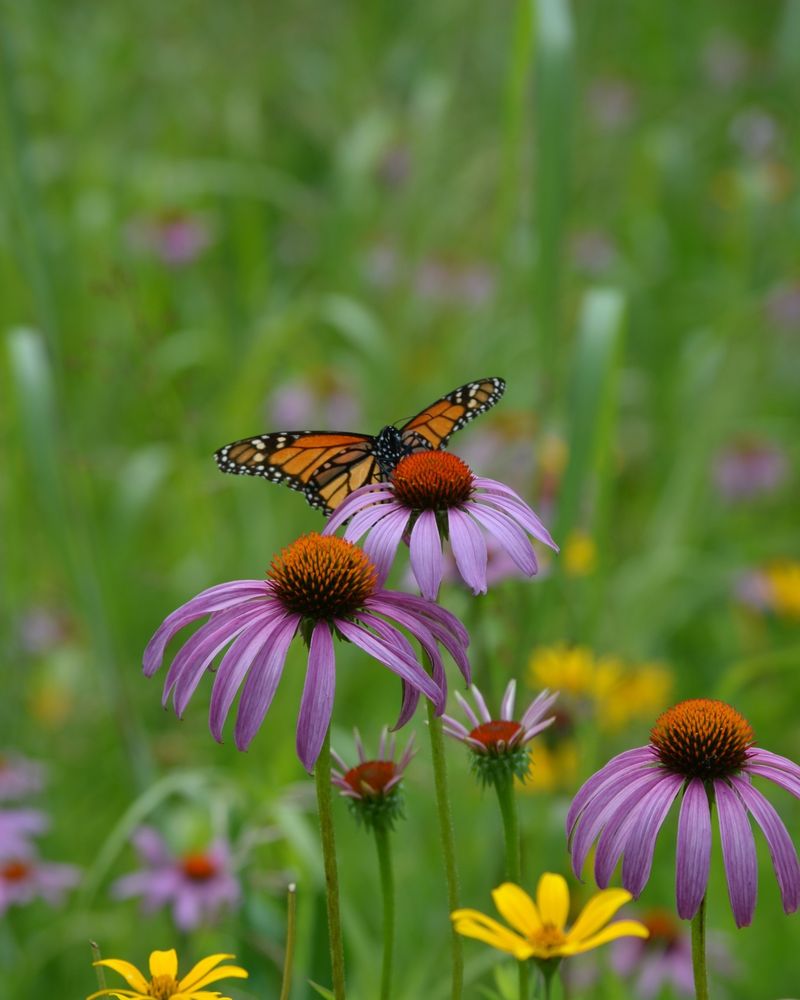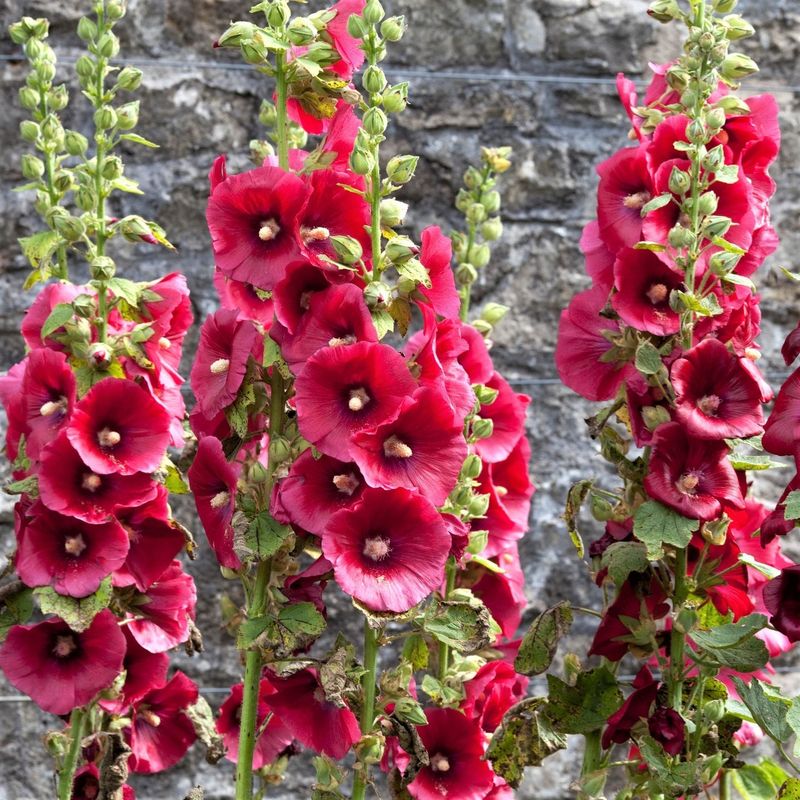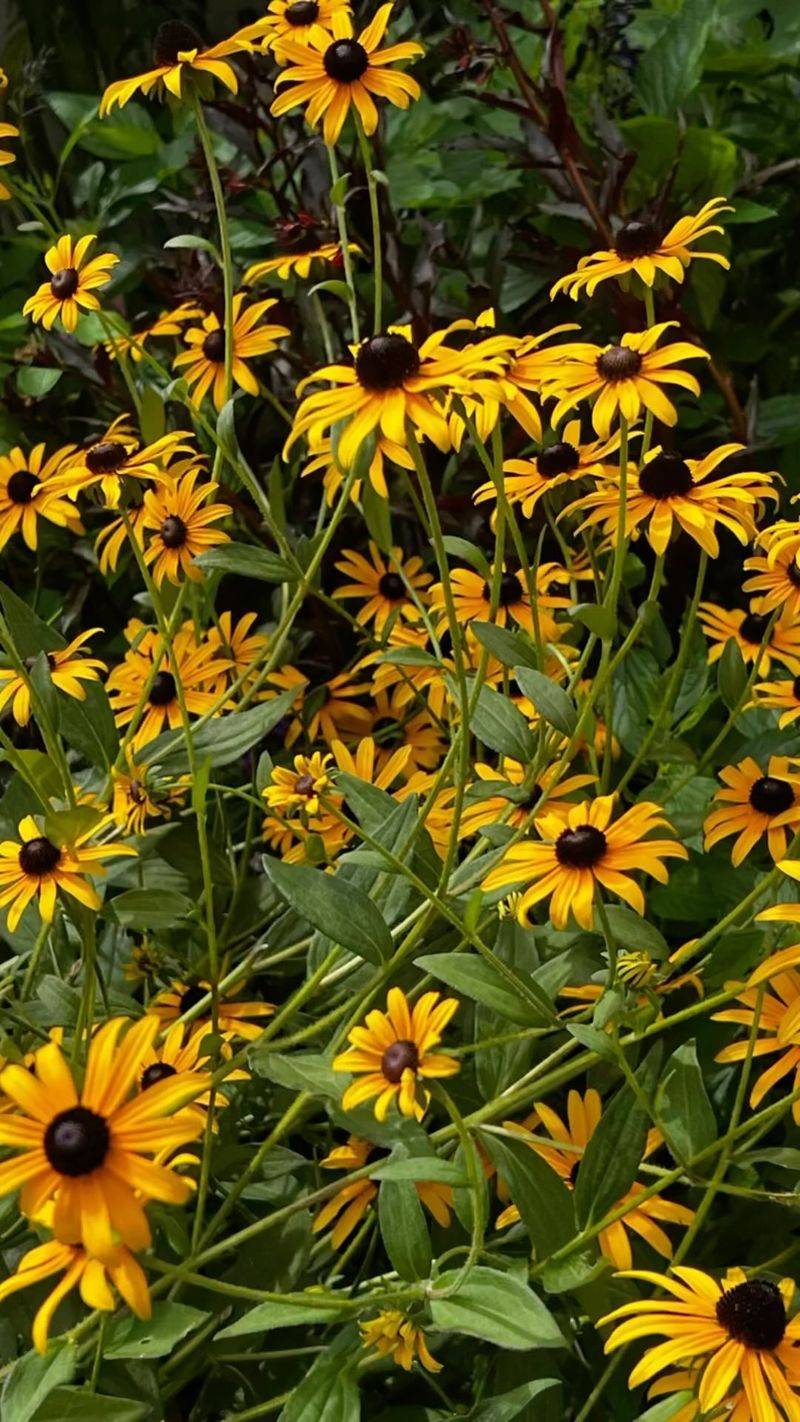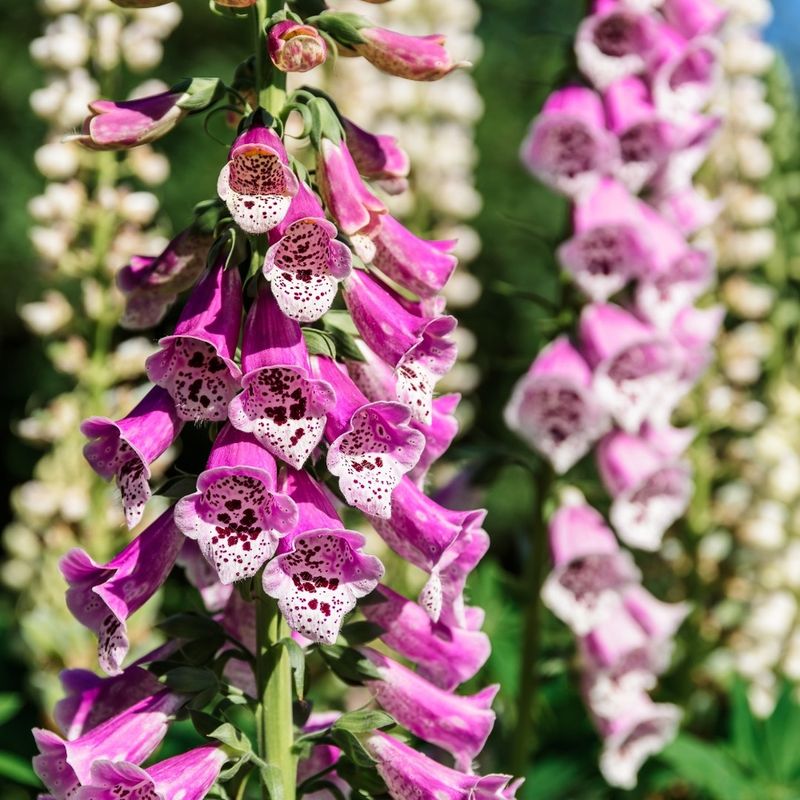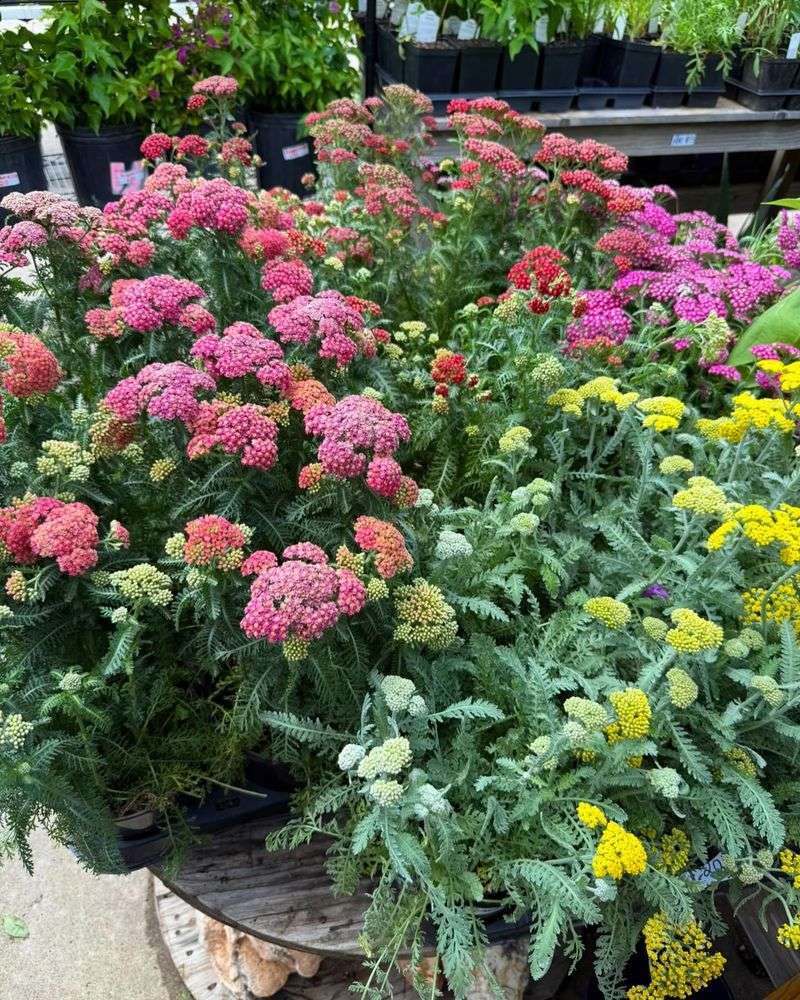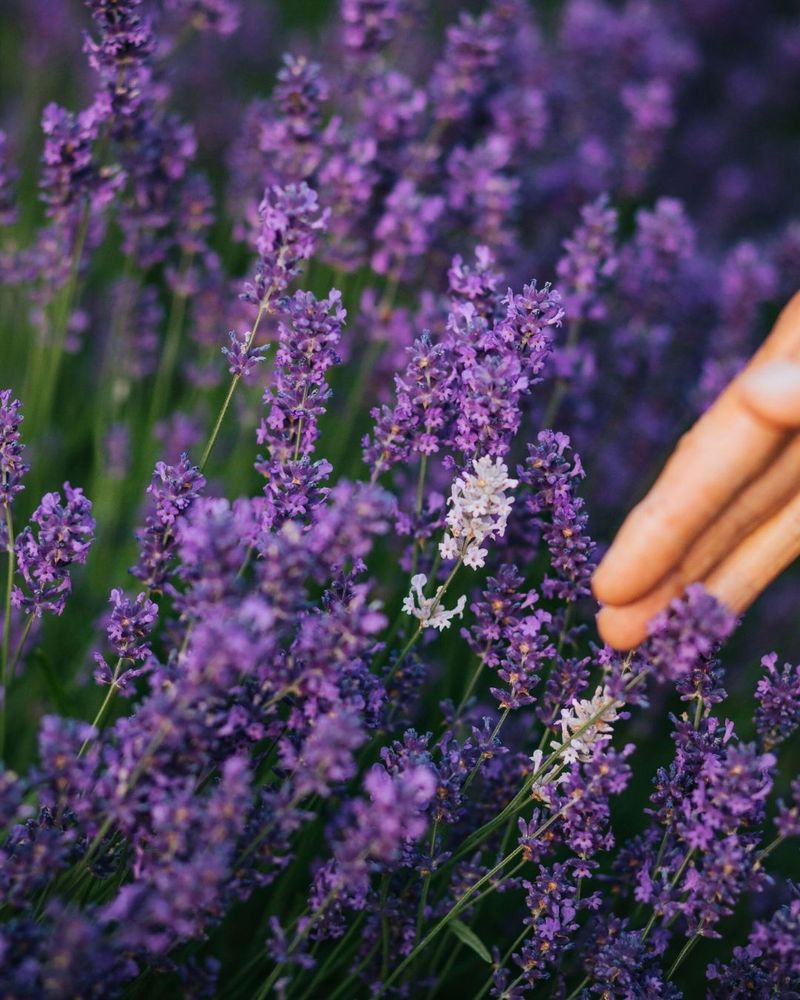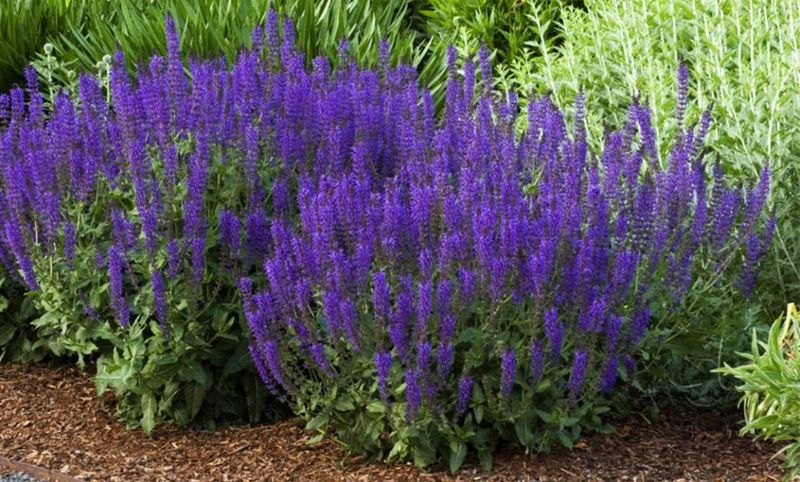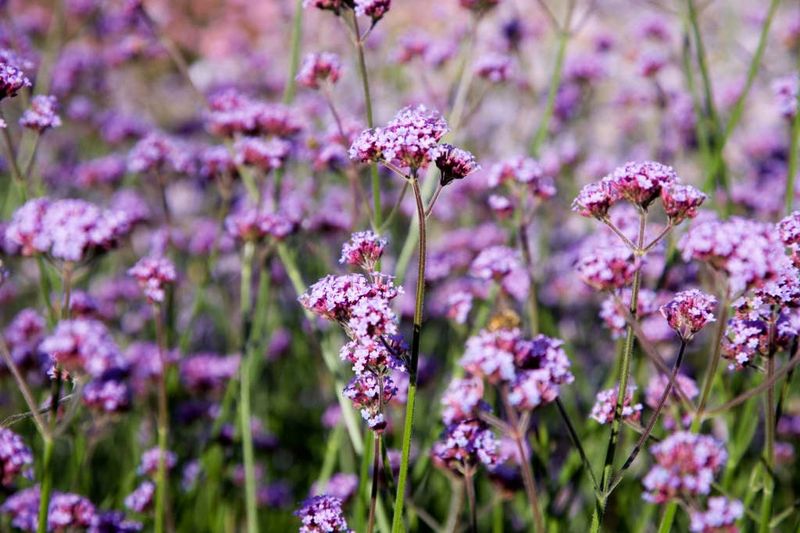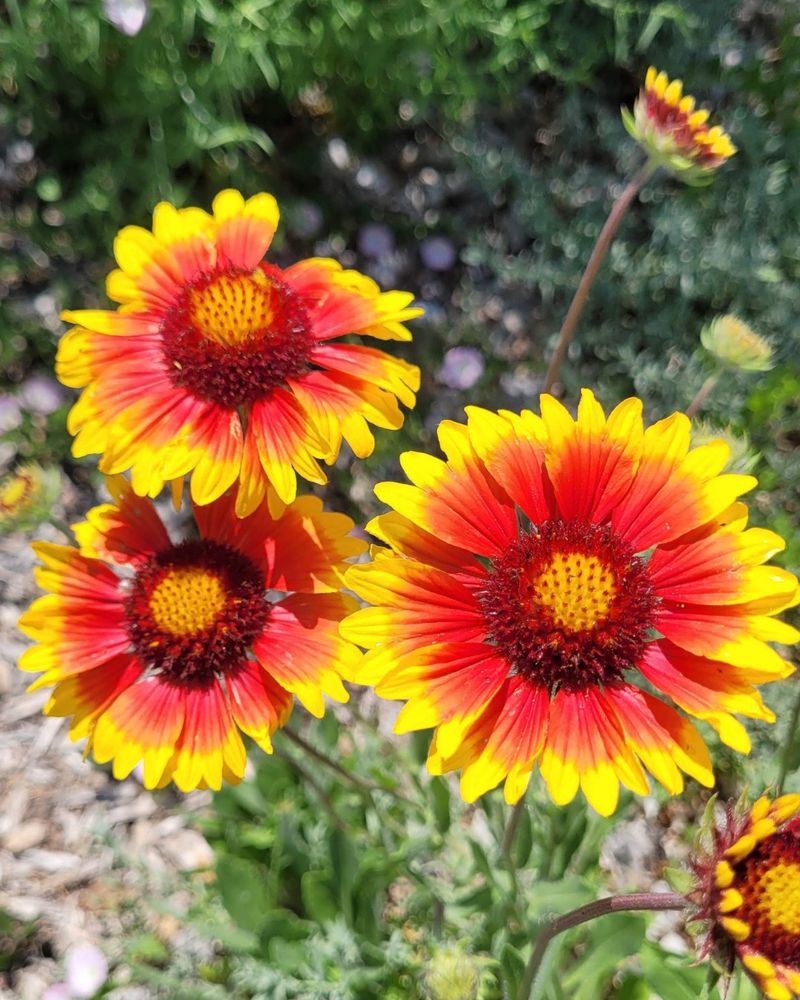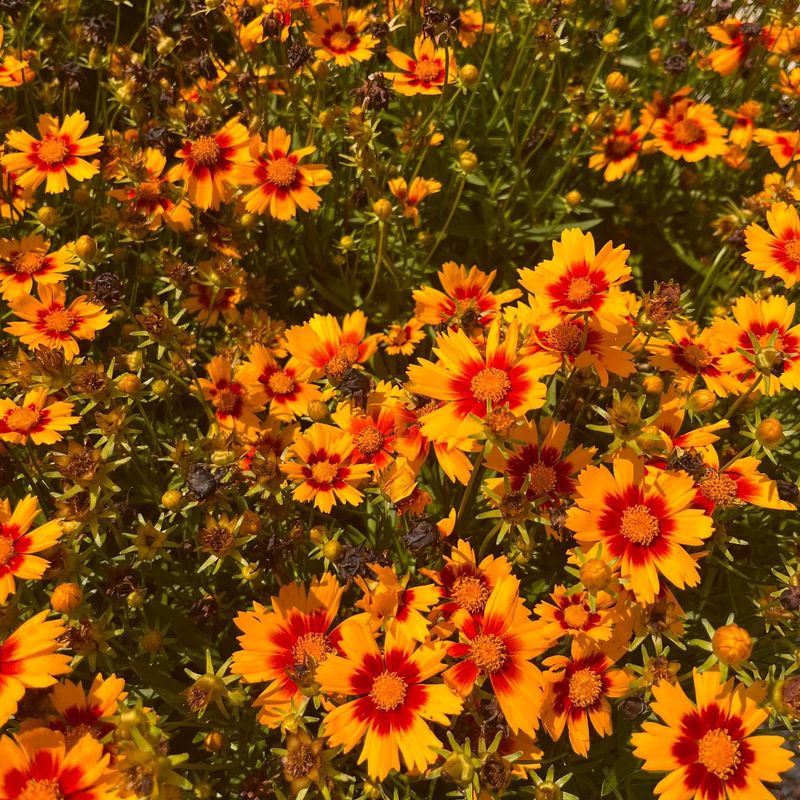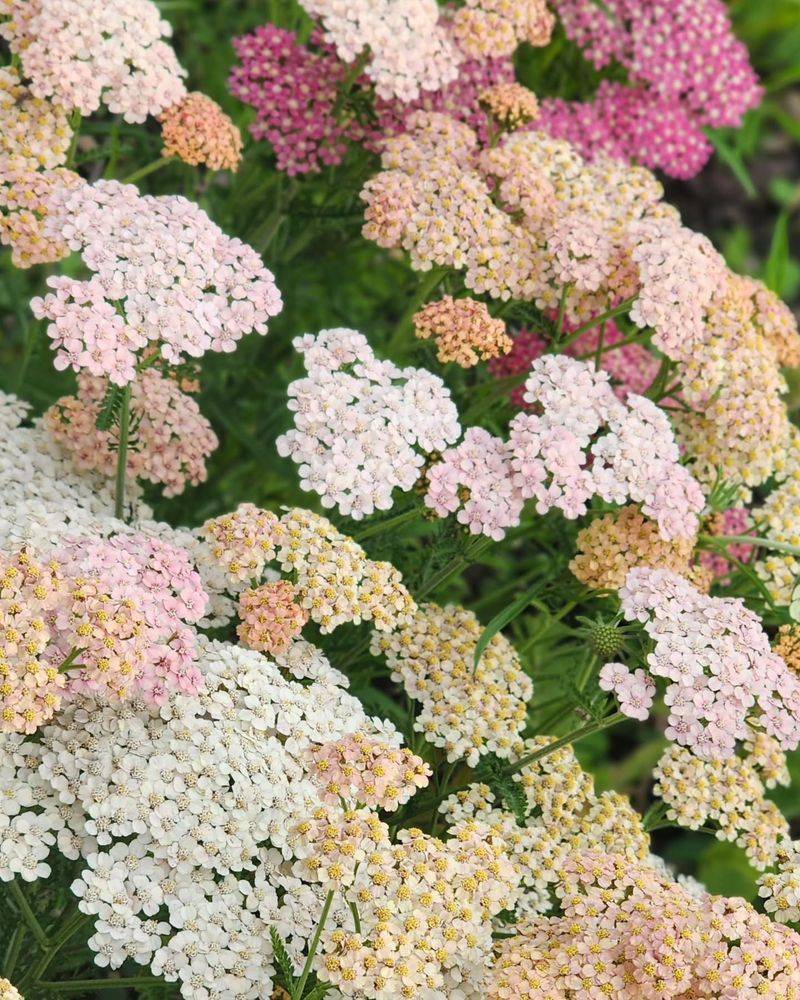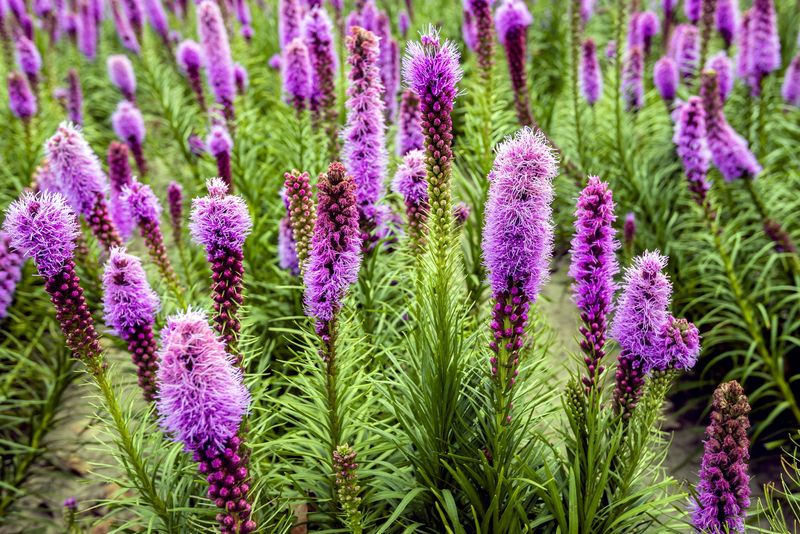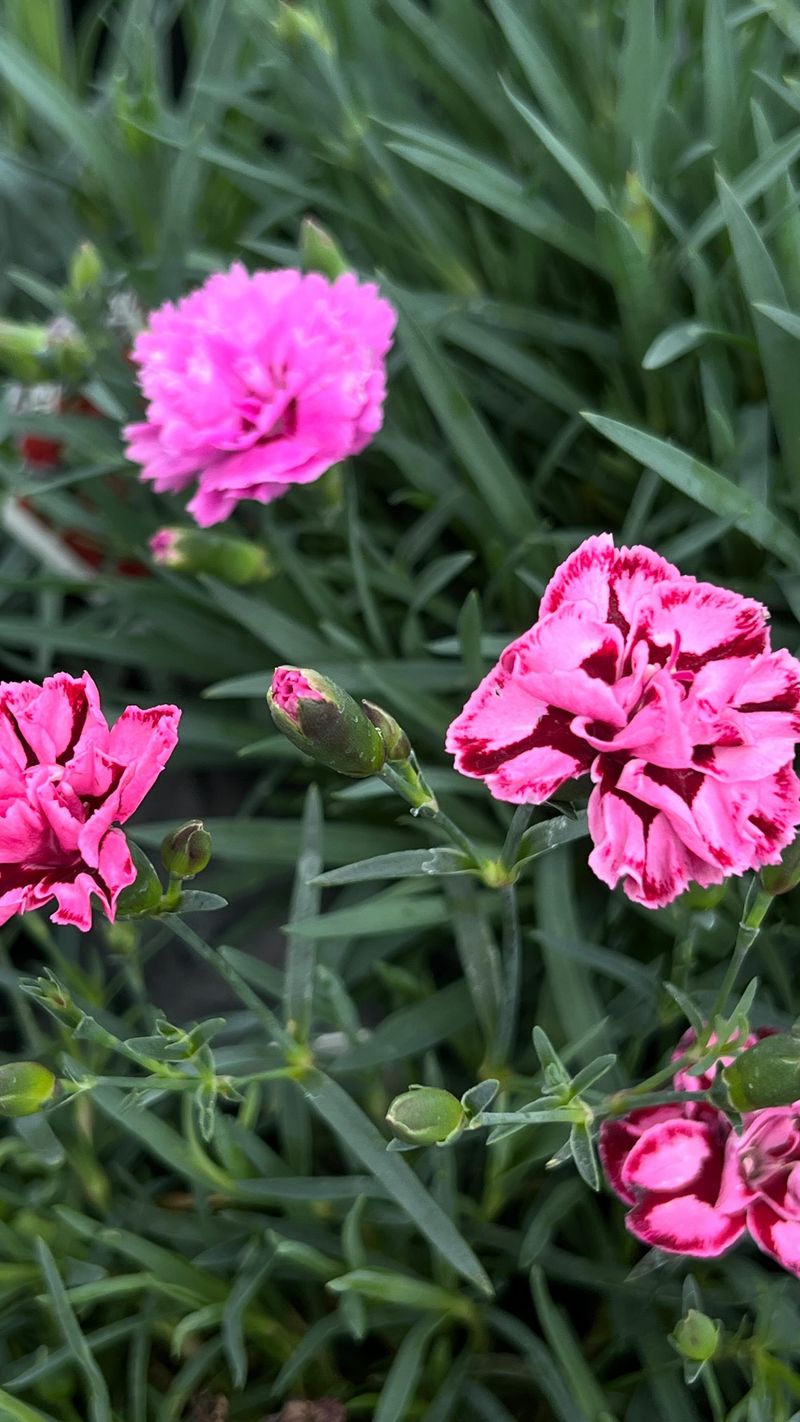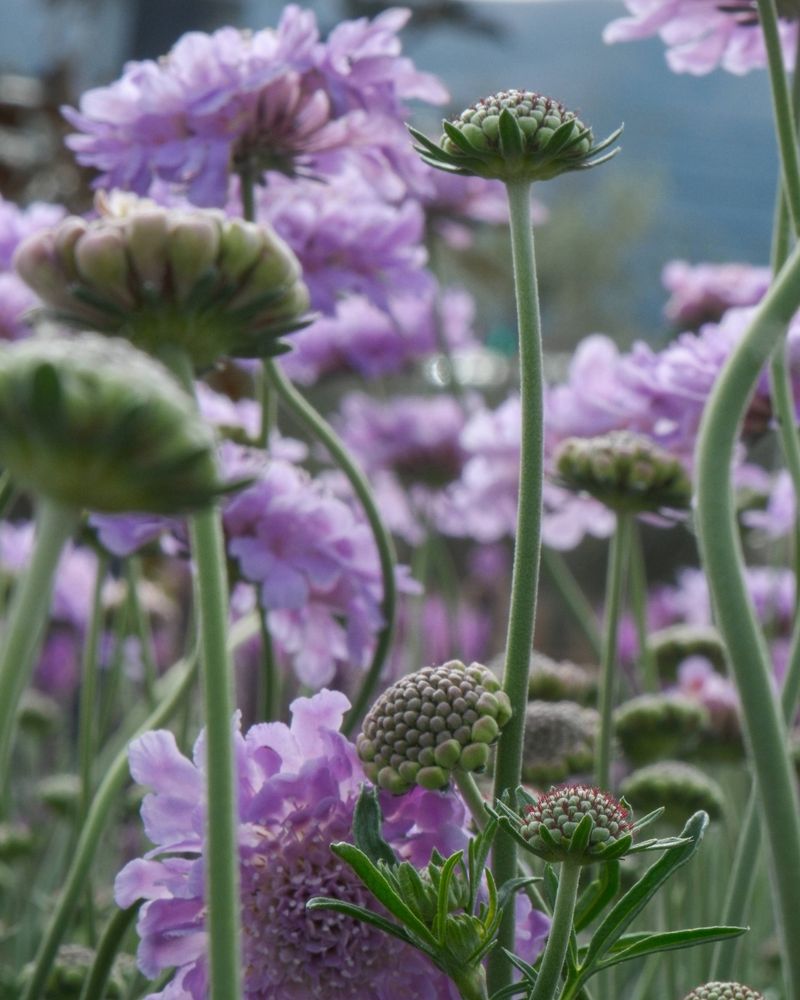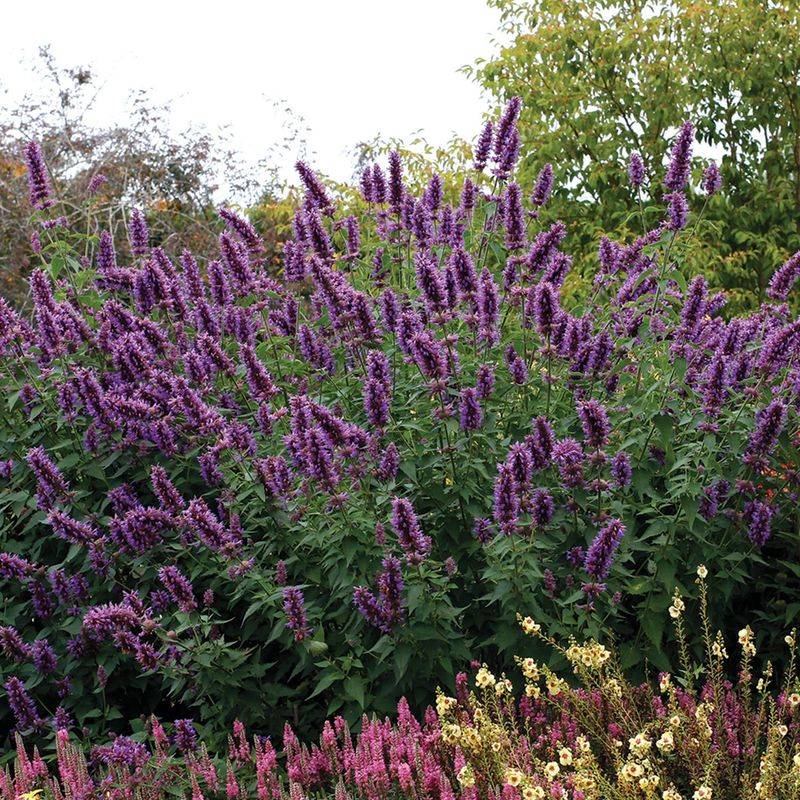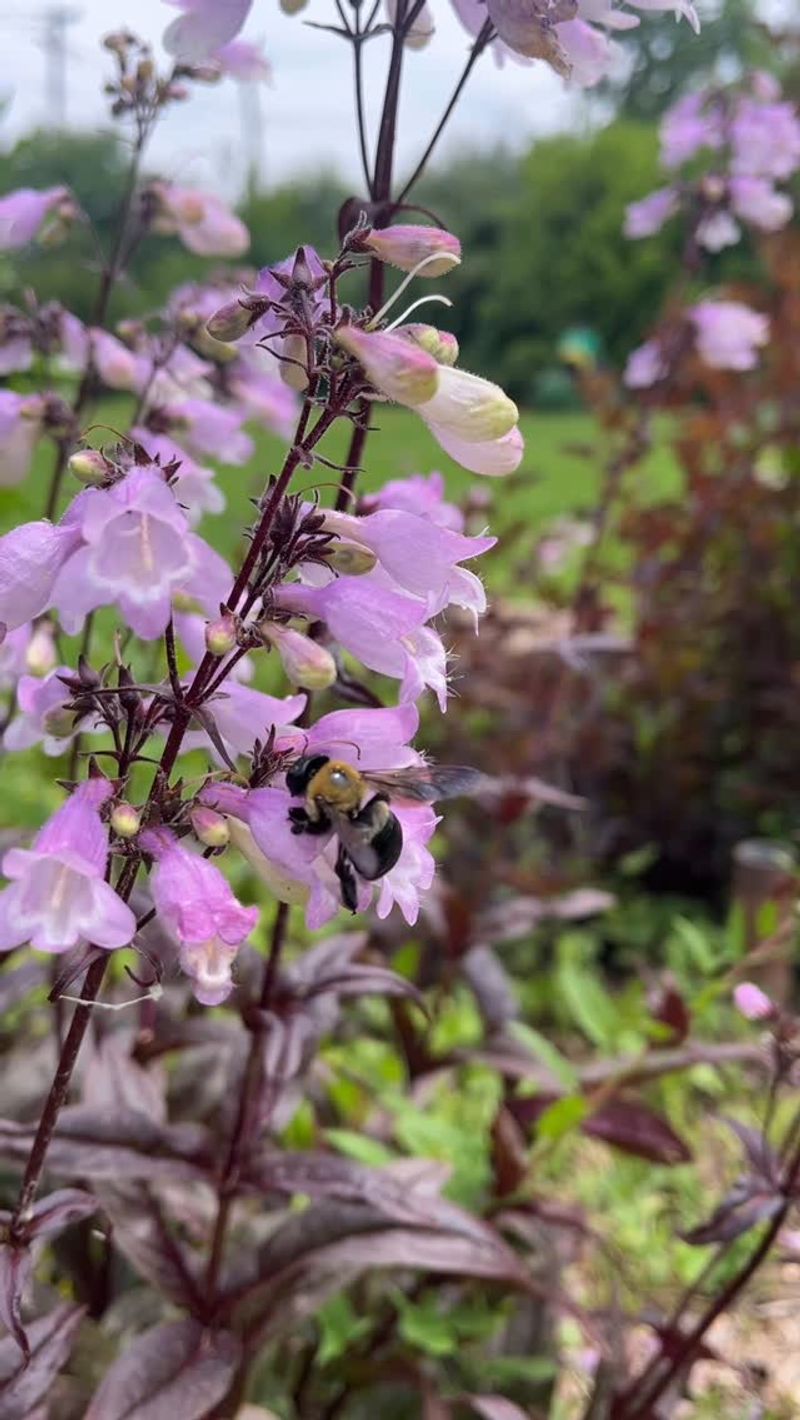Want a garden bursting with color next July? I used to think summer blooms started in spring, but the real magic begins way earlier. Fall and winter are actually the perfect times to start planting for next year’s show.
Instead of just cleaning up the beds and calling it a season, I’ve learned to sneak in a few seed sowing sessions. Giving those plants time to settle in makes all the difference once the heat hits.
They come back stronger, taller, and way more vibrant. If you’ve ever envied those lush midsummer gardens, now’s the time to plan ahead. Trust me—your future self (and your July yard) will thank you.
1. Delphinium
Starting these tall beauties in fall gives them time to develop strong root systems before winter dormancy. I’ve found they actually prefer this cool-season start, developing much stronger stems by next summer.
The striking blue spires create dramatic vertical interest in July gardens, perfect for back borders or cottage garden designs. They’re surprisingly easy once established.
Just remember to stake them early in spring – I learned this the hard way after a rainstorm knocked over my entire delphinium patch last year!
2. Echinacea (Coneflower)
Fall sowing mimics nature’s own schedule for these prairie natives. The seeds benefit from winter’s cold period, which actually helps improve germination rates come spring.
By July, you’ll have sturdy plants topped with distinctive cone-shaped centers surrounded by colorful petals. Butterflies can’t resist them, and neither can I – they’re practically maintenance-free.
My front yard batch has self-seeded for three years now, creating a naturalized patch that requires zero effort but delivers weeks of reliable color.
3. Hollyhock
These old-fashioned favorites need a cold period to break dormancy, making fall the ideal planting time. The seeds can be directly sown where you want them to grow, no special treatment required.
Next July, expect dramatic flower stalks reaching 6+ feet tall, covered in saucer-sized blooms that open sequentially from bottom to top. They make an impressive backdrop against fences or walls.
My grandmother always had hollyhocks along her garden shed – now I continue the tradition, saving seeds each year from the prettiest colors.
4. Rudbeckia (Black-Eyed Susan)
Sowing these cheerful natives in fall helps them establish before winter sets in. The cold actually stimulates better germination, and you’ll get flowers months earlier than with spring planting.
Come July, masses of golden-yellow daisies with distinctive dark centers will brighten your garden for weeks. They’re remarkably drought-tolerant once established, perfect for hot summer conditions.
Last summer, my rudbeckia patch survived three weeks without watering during a heatwave – they’re that tough!
5. Foxglove (Digitalis)
Fall planting gives these biennial beauties time to form sturdy rosettes before winter. They’ll spend their first year growing foliage, then explode with dramatic flowering spikes their second summer.
The tubular bells arranged along tall stems create architectural interest in partly shaded spots. Hummingbirds find them irresistible, hovering from flower to flower on July mornings.
A word of caution from experience – every part is toxic, so I always wear gloves when handling them and plant them away from children’s play areas.
6. Yarrow
Getting yarrow started in fall means you’ll have established plants ready to bloom their first summer. The fine, feathery foliage forms attractive mounds even before flowering begins.
July brings flat-topped flower clusters in shades from white to yellow to deep rose, attracting beneficial insects to your garden. Cut stems last for weeks in arrangements or can be dried for winter bouquets.
My herb garden includes three yarrow varieties – they’re practically indestructible in poor soil and I’ve never seen deer or rabbits touch them.
7. Lavender
Starting lavender from seed in fall gives these Mediterranean herbs a jump-start on developing their woody stems. They establish slowly but reward patience with years of beauty.
By next July, expect fragrant purple spikes rising above silvery foliage, buzzing with bees on warm afternoons. The scent alone justifies growing them near patios or walkways where you can brush against them.
After trying several varieties, ‘Hidcote’ has proven most reliable in my garden – compact enough for borders but with plenty of flowers for drying.
8. Salvia
Fall-sown salvia develops stronger root systems than spring-planted ones. The seeds germinate readily, and young plants handle winter surprisingly well with minimal protection.
July brings spikes of intense blue, purple, or red flowers that seem to bloom forever, especially if deadheaded regularly.
Hummingbirds fight over them in my garden, sometimes hovering just inches from me. For three years running, my ‘May Night’ salvias have been the first perennials to bloom and the last to quit – definitely worth the minimal effort they require.
9. Verbena bonariensis
Sowing these airy beauties in fall mimics their natural cycle. The seeds need light to germinate, so press them onto soil without covering – a technique that’s worked perfectly for me.
By July, you’ll have tall, branching stems topped with clusters of tiny purple flowers that seem to float above neighboring plants. Their see-through quality adds wonderful dimension to borders.
Mine have naturalized throughout my garden, popping up in perfect spots I’d never have thought to plant them – nature knows best sometimes!
10. Gaillardia (Blanket Flower)
Fall sowing helps these prairie natives develop deep roots that make them incredibly drought-resistant. The seeds sprout eagerly after winter’s chill has broken their dormancy.
Next July, daisy-like flowers in fiery combinations of red, orange and yellow will cover compact plants. Each bloom features distinctive bands of color that look hand-painted.
During last summer’s water restrictions, these were the only plants still flowering in my front border – earning them permanent space in my low-maintenance garden plan.
11. Coreopsis
Getting coreopsis started in fall results in larger plants that bloom weeks earlier than spring-sown ones. They establish quickly and often flower lightly their first year.
By next July, expect masses of cheerful daisy-like blooms in gold, yellow, or bicolors that keep coming for months. Few perennials match their long flowering period or easy-care nature.
The variety ‘Early Sunrise’ has never disappointed me – it starts flowering in June and doesn’t quit until October, even with minimal deadheading.
12. Achillea (Yarrow)
Fall-sown achillea develops stronger, more compact growth than spring-started plants. The seeds are tiny but germinate readily with just a light soil covering.
By July, flat-topped flower clusters in shades from soft pastels to vibrant reds create landing pads for beneficial insects. The ferny foliage is attractive even when plants aren’t blooming.
After experimenting with several varieties, ‘Moonshine’ with its silvery foliage and lemon-yellow flowers has proven most heat-resistant in my garden’s challenging conditions.
13. Liatris (Blazing Star)
Starting liatris in fall gives these prairie natives time to develop their corm-like root structures. The seeds benefit from cold stratification, which happens naturally over winter.
Next July, expect dramatic purple spikes that bloom from top to bottom – the opposite of most flowers. Their unusual form adds vertical interest that attracts both butterflies and admiring glances.
My pollinator garden wouldn’t be complete without these – I’ve watched goldfinches balance acrobatically on the spent seedheads, feasting well into fall.
14. Dianthus (Pinks)
Fall sowing gives these cottage garden classics a chance to develop sturdy root systems before summer heat arrives. The seeds germinate best with temperature fluctuations that occur naturally in autumn.
By July, you’ll have mounds of blue-gray foliage topped with fragrant flowers in shades from white to deep red. Many varieties have distinctive fringed petals that look hand-cut.
The sweet clove scent of my grandmother’s pinks by her garden gate is a childhood memory I’ve recreated – now visitors pause there just as I once did.
15. Scabiosa (Pincushion Flower)
Starting scabiosa in fall results in stronger plants that bloom earlier their first season. The seeds need only light covering and germinate reliably after winter’s chill.
Next July brings rounded flowers in lavender, blue, or white atop wiry stems that dance in the slightest breeze. Their pincushion centers add interesting texture even as petals fade.
These have become my go-to cut flowers – a small bunch lasts nearly a week indoors, and the more I cut, the more the plants produce.
16. Agastache (Hyssop)
Fall planting gives agastache seeds the cold period they need for optimal germination. They’re slow starters but worth the wait for their aromatic foliage and abundant blooms.
By July, expect spikes of tubular flowers in purples, blues, or oranges that attract hummingbirds and butterflies like magnets. The anise-scented leaves release their fragrance whenever you brush against them.
My ‘Blue Fortune’ has survived three winters with minimal protection – much hardier than nursery tags suggested, and now forms a substantial clump nearly three feet across.
17. Monarda (Bee Balm)
Sowing monarda in fall helps these native wildflowers establish strong roots before summer’s heat. The seeds need light to germinate, so press them onto soil without covering.
Next July, expect shaggy, colorful flower heads that look like exploding fireworks in red, pink, or purple. Hummingbirds, butterflies, and bees create constant activity around these blooms.
After struggling with powdery mildew on older varieties, I’ve switched to ‘Jacob Cline’ – its disease resistance means beautiful foliage all season, not just when flowering.
18. Penstemon (Beardtongue)
Fall-sown penstemon benefits from winter’s cold to break seed dormancy naturally. The seeds are small but germinate readily with patience and minimal care.
By July, expect graceful spikes lined with tubular flowers in shades from white to deepest purple. Their partly open blooms reveal spotted throats that guide bees inside for pollination.
The native varieties have proven remarkably drought-tolerant in my garden – last summer they flowered beautifully despite weeks without rain, while imported hybrids struggled.

